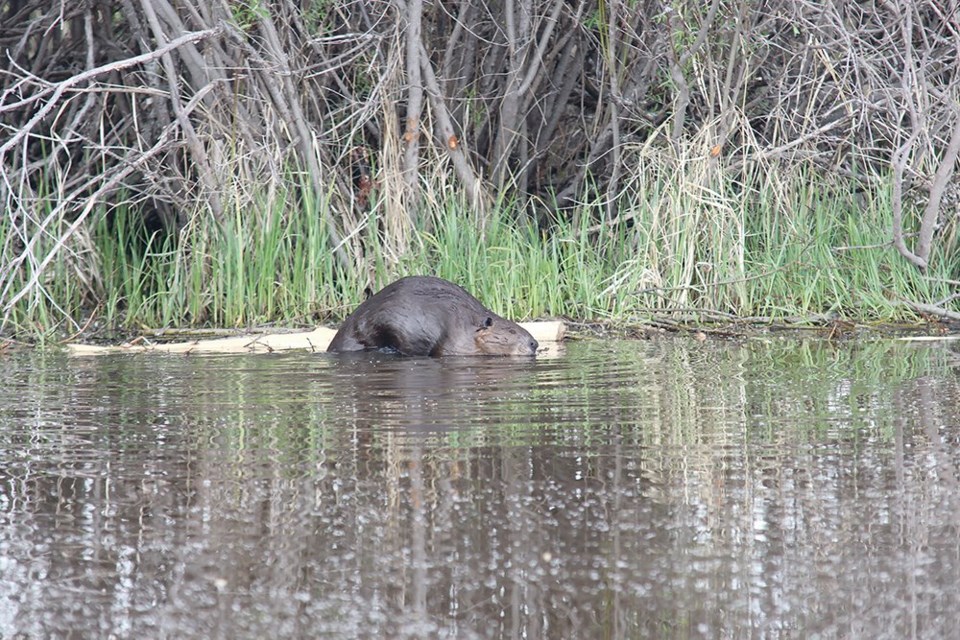WESTERN PRODUCER — Chronic wasting disease can mutate in unaffected species and infect other mammals such as beavers with a new variant
New research into chronic wasting disease has found it may be so endemic in the environment that it could pose a threat to other species.
University of Alberta professor Debbie McKenzie conducted research into whether there is a possibility of CWD infecting beavers whose habitat often overlaps with that of deer.
CWD is a prion disease in deer, moose and elk, that has spread widely across North America since it was first detected in the 1960s and is similar to BSE in cattle and scrapie in sheep. Prions are a type of protein that can trigger abnormalities in the brains and nervous systems of animals resulting in neurological degeneration and eventual death.
Unlike BSE, CWD is transmitted through saliva, urine and feces.
McKenzie said while interspecies transmission of CWD is difficult due to inherent biological barriers, laboratory testing has shown it can mutate in unaffected species, which can then go on to infect other mammals such as beavers with a new variant.
“That suggests beavers could be susceptible,” said McKenzie, who added this modelling was done in a lab by infecting genetically altered mice. “But we at least know CWD prions can convert beaver prions to an infectious form.”
The risks of direct infection of CWD to cattle in the natural world are unlikely, said McKenzie, “but if you passage it through another species, then perhaps we’re going to change that barrier.
“As a researcher, it’s very frustrating because we can’t predict what those barriers are going to be. There is nothing that tells us by looking at sequences and structures of the prion protein that say this particular disease is going to go into this other species.”
The nature of CWD transmission is particularly of concern because infected deer populations can spread it over large areas with research showing the disease can remain in the soil.
“We don’t have any good data yet as to how long it can stay in the environment,” she said.
But research in Iceland sheep flocks infected with scrapie has shown that prion disease can remain in the environment and infectious for 15 years, “which then makes it very complicated in terms of trying to come up with strategies to mitigate the disease.”
Intensive soil remediation can work to rid prion diseases in domestic livestock situations but that is not practical or possible in the natural environment, said McKenzie.
“And the number keeps increasing,” she said. “Near Swift Current, prevalence (of CWD) is nearly 85 percent of mule deer bucks. Combined with environmental contamination and the large numbers of animals infected, the geographic range just keeps expanding.”
CWD has now been identified in 31 American states and with Manitoba reporting its first case late last year, it’s now been found in all prairie provinces in wild populations.
“(British Columbia) is going to find it as it’s coming in from Montana,” said McKenzie. “So, I think there is a lot of work that needs to be done in terms of trying to develop ways to stopping the disease.”
Vaccine development is in the works but the difficulty is prions aren’t traditional viruses in terms of how they affect antibodies, she said.
Saskatchewan reported a total of 644 positive cases of CWD for the 2021-22 reporting year with the vast majority found in mule deer but also 16 cases in elk and two in moose.
Alberta had a larger sampling size and recorded more than 1,100 cases primarily in mule deer but also eight cases in elk.




